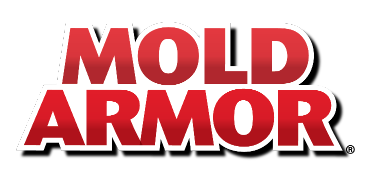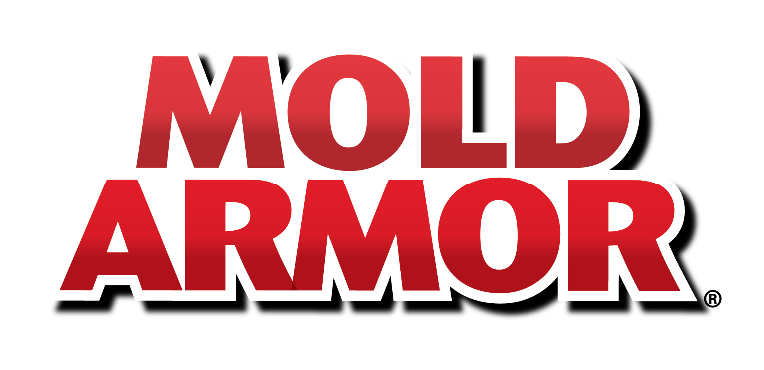FAQs
Molds are the most common form of fungi on Earth, growing both indoors and outdoors. Mildew is also a type of fungus and is usually whitish. Mold and mildew are often used interchangeably. Molds can grow on all types of surfaces. Mold can grow on tile, grout, wood, paper, carpet, drywall, ceiling tile, plastic, insulation, upholstery, ductwork, paint, wallpaper, and more. Molds need water (or moisture), oxygen, and a food source to grow and can reproduce in a little as 48 hours. Mold can cause health problems for many people especially those with allergies and asthma. Mold exposure can cause irritation of the eyes, skin, nose and throat. Molds can trigger asthmatic attacks. Molds produce allergens which are substances that cause allergic reactions The key to mold control is to remove its source.
Mold reproduces by creating spores, which are released into the environment. There are several factors to mold growth, but they key one is moisture. When mold spores land on a wet or damp surface, they can start growing and multiplying. Whether it's humidity, condensation from a pipe, rain or floods, all of these contribute to mold growth. Add in an organic surface (ceiling tiles, drywall, etc.), and warmth, and you get mold growth. Just remember, any wet surface that is not dried promptly can grow mold.
In many cases you should be able to see the mold growth and smell a musty odor that is caused by mold. When checking for mold, look for signs of water damage. Wet spots, staining, dampness or other evidence of water leaks or damage may be a precursor to mold growth. In some cases you may not be able to see the mold in your house. Mold may grow behind walls, above ceilings, under carpets and other places not visible to your eye. You may, however, be able to smell it because many molds emit a “musty” smell. If you have a musty smell, look for mold and clean the area if you find mold growing in your home.
Microscopic mold spores are invisible to the naked eye and enter your home on your skin, clothing, shoes, even shopping bags; they're very adaptable. These tiny spores can float through the air and come in through open doors and windows, or through your home's heating and air conditioning systems.
Clean mold stains using one of the Mold Armor cleaning products and fix the water problem. If you clean up the mold stains, but don't fix the water problem, then, most likely, the mold problem will come back. While soap and water can clean the area, a bleach-based formula is still the preferred way to remove mold stains because it cleans and decolorizes the stain. This is true for all types of surfaces, both indoors and outdoors. Mold Armor offers you powerful products for indoors and outdoors, on all types of surfaces.
Just about anywhere. While laundry rooms, basements, bathrooms, and attics are key locations. Mold can grow on all kinds of surfaces:
- Carpets
- Drapes
- Upholstery
- Leather
- Wood
- Fabrics
- Paper
- Ceiling Tiles
- Drywall
- Ductwork
- Wallpaper
Of course, mold will also grow on your outdoor surfaces — wood decks, patios, patio furniture, brick, stucco, roof shingles. Basically anywhere on your property.
A mold blocker can inhibit the growth of mold for weeks after you clean. A mold blocker creates an invisible barrier to inhibit the growth of new mold. If mold is prevented from growing then you’ll spend less time cleaning and there is less potential damage to your home.
Mold likes temperatures ranging between 40° and 100° Fahrenheit. Combine that temperature with floods, leaking roofs, plumbing leaks, bathroom and kitchen steam, poor ventilation, leaking windows, humidifiers, and wet clothes, and mold can grow quickly.
- Testing: Determine if mold is present in your home—to help, Mold Armor offers a Mold Test Kit.
- Cleaning: Mold Armor offers powerful cleaning products to eliminate mold stains indoors and out, on all kinds of surfaces.
- Prevention: Mold Armor offers you products that contain mold blocking formulas that can prevent mold and mildew from coming back for up to three months.



